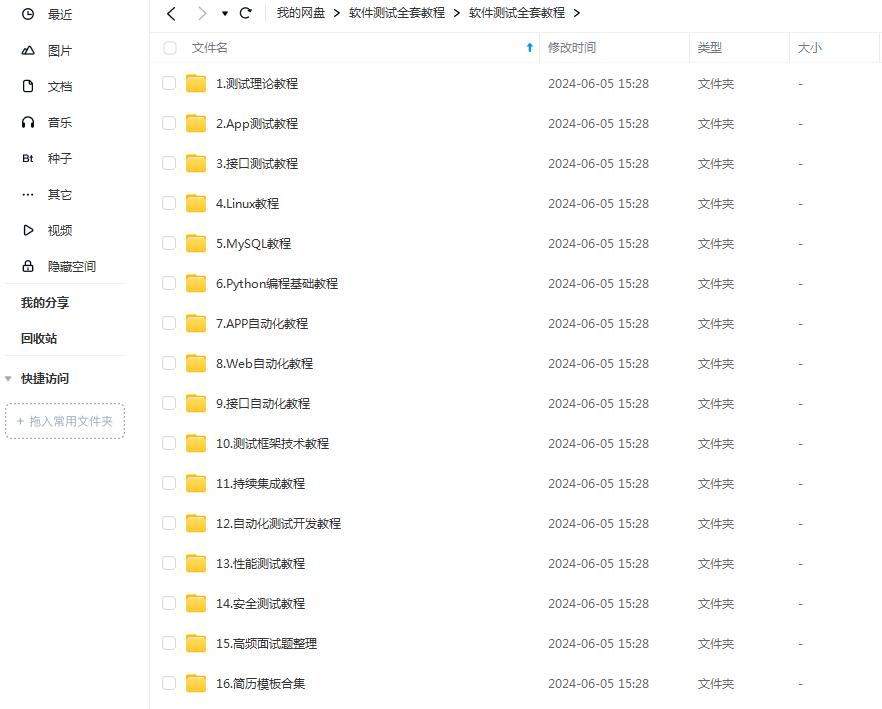一、线程的基础
运行多个线程同时运行几个不同的程序类似,但具有以下优点:
进程内共享多线程与主线程相同的数据空间,如果他们是独立的进程,可以共享信息或互相沟通更容易.
线程有时称为轻量级进程,他们并不需要多大的内存开销,他们关心的不是过程便宜.
一个线程都有一个开始,执行顺序,并得出结论。它有一个指令指针,保持它的上下文内正在运行的跟踪.
(1)、它可以是抢占(中断)
(2)、它可以暂时搁置(又称睡眠),而其他线程正在运行
看一下以下的小案例:
import thread
from time import sleep, ctime
def loop0():
print "loop 0开始时间:",ctime() #第一个函数loop0开始时间
sleep(4) # 休眠4秒
print "loop 0 结束时间:_’,ctime()
def loopl():
print "loop 1 开始时间:",ctime()
sleep(2)
print "loop 1 结束时间:_’,ctime()
def main():
print "程序开始时间:",ctime()
thread.start_new_thread(loop0,()) # 第二个参数是必不可少的,即使loope没有传递参数,仍然要写一个空元组
thread.stant_new_thnead(loopl,())
sleep(6) #这里休眠6秒的原因是确保两个线程己经执行完毕,主线程才接着执行下面的语句
print "程序结束时间:",ctime()
if __name__ == '__main__':
main()在web测试中,不可避免的一个测试就是浏览器兼容性测试,在没有自动化测试前,我们总是苦逼的在一台或多台机器上安装N种浏览器,然后手工在不同的浏览器上验证主业务流程和关键功能模块功能,以检测不同浏览器或不同版本浏览器上,我们的web应用是否可以正常工作。如果我们使用selenium webdriver,那我们就能够自动的在IE、firefox、chrome、等不同浏览器上运行测试用例。为了能在同一台机器上不同浏览器上同时执行测试用例,我们需要多线程技术。下面我们基于python的多线程技术来尝试同时启动多个浏览器进行selenium自动化测试。
#-*- coding:utf-8
from selenium import webdriver
import sys
from time import sleep
from threading import Thread
reload(sys)
sys.setdefaultencoding("utf-8")
def test_baidu_seanch(browsen, url):
driver = None
#可添加更多浏览器支持进来
if browser == "ie":
driver = webdriver.Ie()
elif browser == "finefox":
driver = webdriver.Firefox()
elif browser == "chrome":
driver = webdriver.Chnome()
if driver == None:
exit()
driver.get(url)
sleep(3)
driver.find_element_by_id("xxx").send_keys(u"xxxx")
sleep(3)
driver.find_element_by_id("xxx").click()
sleep(3)
driver.quit()
if __name__ == "__main__":
#浏览器和首页url
data = {
"ie":"http://www.xxx.com",
"firefox": "http: //www.xxx.com",
"chrome":"http://www.xxxx.com"
}
#构建线程
threads =[]
for b, url in data.items():
t = Thread(target=test_baidu_search,angs=(b, url))
threads.append(t)
#启动所有线程
for thr in threads:
thr.start()二、 多线程进阶学习
threading 高级线程接口
import threading
class MyThnead(threading.Thread):
def __init__(self, name=None):
threading.Thread.__init__(self)
self.name = name
def run(self):
print self.name
def test():
for i in range(0, 100):
t = MyThread("thread_" + str(i))
t.start()
if __name__ == '__main__':
test()Lock 线程锁
这里创建实现了一个计数器 count 这个全局变量会被多个线程同时操作,使其能够被顺序相加,需要靠线程锁的帮助。
#-*- encoding: utf-8
import threading
import time
class Test(threading.Thread):
def __init__(self, num):
threading.Thread.—init—(self)
self._run_num = num
def run(self):
global count, mutex
threadname = threading.currentThnead().getName()
for x in nange(int(self._run_num)):
mutex.acquire()
count = count + 1
mutex.release()
print (thneadname, x, count)
time.sleep(l)
if __name__ == '__main__':
global count^ mutex
threads =[]
num = 5
count =0
#创建锁
mutex = threading.Lock()
#创建线程对象
for x in nange(num):
threads.append(Test(10))
#启动线程
for t in threads:
t. start()
#等待子线程结束
for t in threads:
t.join()Queue队列
#!/usr/bin/env python
import Queue
import threading
import urllib2
import time
hosts = ["http://xxxx.com", "http://xxxxx.com","http://xxxxxx.com","http://xxxxx.com", "http://xxxxx.com"]
queue = Queue.Queue()
class ThreadUrl(thneading.Thread):
""”Threaded Uni Grab
def __init__(self, queue):
threading.Thread.__init__(self)
self.queue = queue
def run(self):
while True:
#gnabs host from queue
host = self.queue.get()
url = urllib2.urlopen(host)
#gnabs urls of hosts and prints first 1024 bytes of page
uni = urllib2.urlopen(host)
#signals to queue job is done
self.queue.task_done()
start = time.time()
def main():
#spawn a pool of threads, and pass them queue instance
for i in nange(5):
t = ThreadUrl(queue)
t.setDaemon(True)
t.start()
#populate queue with data
for host in hosts:
queue.put(host)
#wait on the queue until everything has been processed
queue.join()
main()
print "Elapsed Time: %s" % (time.time() - start)三、使用队列与线程
当线程需要共享数据或资源时,线程可能会变得复杂。线程模块提供许多同步原语,包括信号量,条件变量,事件和锁。虽然存在这些选项,但它被认为是最佳做法,而是专注于使用队列。队列更容易处理,并且使线程编程更安全,因为它们有效地将资源访问单个线程,并允许更清晰和更可读的设计模式。
首先创建一个程序,该程序将按顺序或一个接一个地获取网站的URL,并打印页面的前1024个字节。这是一个经典的例子,可以使用线程更快地完成任务。首先,让我们一起使用这个urllib2 模块来抓住这些页面,然后再使用代码:
import urllib2
import time
hosts = ["http://xxxx.com", "http://xxxxx.com","http://xxxxxx.com","http://xxxxx.com", "http://xxxxx.com"]
start = time.time()
for host in hosts:
url = urllib2.urlopen(host)
print url.read(1024)
print "Elapsed Time: %s" % (time.time() - start)导入两个模块首先, urllib2模块是什么是繁重的抓住网页。其次,通过调用创建开始时间值 time.time(),然后再次调用它,并减去初始值以确定程序执行多长时间。最后,在查看程序的速度时,“两个半秒”的结果是不可怕的,但是如果您有数百个网页来检索,则考虑到目前的平均值,大概需要50秒。看看如何创建一个线程版本加快速度:
import Queue
import threading
import urllib2
import time
hosts = ["http://xxxx.com", "http://xxxxx.com","http://xxxxxx.com","http://xxxxx.com", "http://xxxxx.com"]
queue = Queue.Queue()
class ThreadUrl(thneading.Thread):
""”Threaded Uni Grab
def __init__(self, queue):
threading.Thread.__init__(self)
self.queue = queue
def run(self):
while True:
#gnabs host from queue
host = self.queue.get()
url = urllib2.urlopen(host)
#gnabs urls of hosts and prints first 1024 bytes of page
print url.read(1024)
#signals to queue job is done
self.queue.task_done()
def main():
#spawn a pool of threads, and pass them queue instance
for i in nange(5):
t = ThreadUrl(queue)
t.setDaemon(True)
t.start()
for host in hosts:
queue.put(host)
queue.join()
main()
print "Elapsed Time: %s" % (time.time() - start)上面的案例并不比第一个线程示例复杂得多,这要归功于使用排队模块。这种模式是使用Python的线程的一种非常常见的推荐方式。步骤描述如下:
1. 创建一个实例,Queue.Queue()然后用数据填充它。
2.将填充数据的实例传递到您从继承中创建的线程类threading.Thread。
3.产生一个守护进程池线程。
4. 一次将一个项目拉出队列,并使用线程内的数据,运行方法来完成工作。
5.完成工作后,向queue.task_done()任务完成发送一个信号到队列。
6. 加入队列,这意味着等到队列为空,然后退出主程序。
只是一个关于这种模式的注释:通过将守护进程线程设置为true,它允许主线程或程序退出,如果只有守护进程线程存活。这将创建一种控制程序流程的简单方法,因为您可以在退出之前连接队列,或等到队列为空。具体过程最好在队列模块的文档中描述,如相关主题所示:join()“块直到队列中的所有项目已经被处理完毕,每当一个项目被添加到队列中时,未完成任务的计数就会上升,当消费者线程调用task_done()来指示项目被检索时,所有的工作都是完成的,当未完成任务的计数下降到零时,join()解除阻塞。
最后感谢每一个认真阅读我文章的人,礼尚往来总是要有的,虽然不是什么很值钱的东西,如果你用得到的话可以直接拿走:

这些资料,对于【软件测试】的朋友来说应该是最全面最完整的备战仓库,这个仓库也陪伴上万个测试工程师们走过最艰难的路程,希望也能帮助到你!























 1万+
1万+











 被折叠的 条评论
为什么被折叠?
被折叠的 条评论
为什么被折叠?








